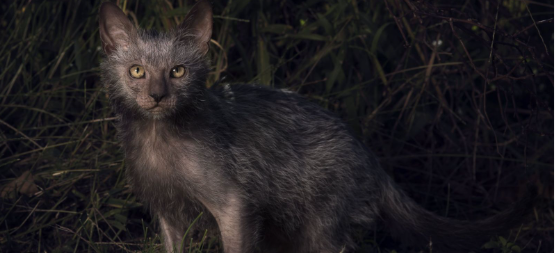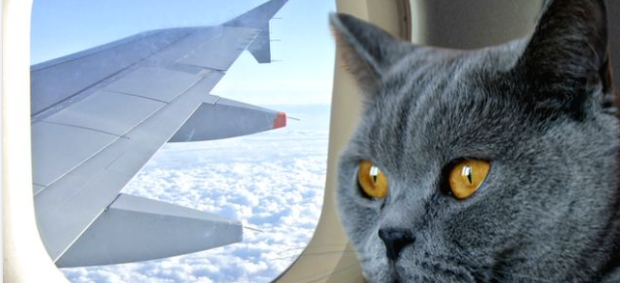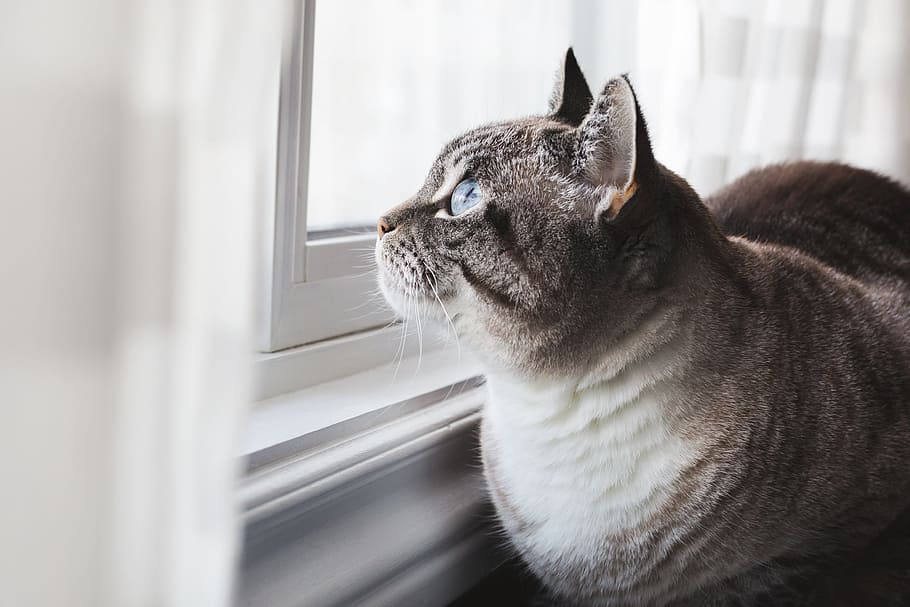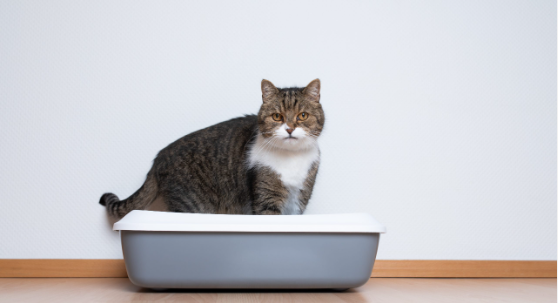Exploring the Enchanting World of Wolf Cats
Wolf cats, also known as Lykoi cats, are a unique breed of felines with distinct appearance and behavior. These fascinating creatures have been gaining popularity among cat enthusiasts due to their wolf-like features and friendly personalities. Wolf cats have a reputation for being intelligent, affectionate, and loyal pets that can bond strongly with their human families.
Definition of a Wolf Cat and its Characteristics
Wolf cats are a relatively new breed that first emerged in the United States in 2011. They were developed by crossing domestic shorthair cats with wild-looking feral cats to create a unique appearance that resembles that of werewolves or coyotes.
Wolf cats have an unusual coat pattern which makes them look like they are balding around the eyes, nose, and mouth areas. However, this is not true as they have hair on their bodies albeit minimal.
Their physical appearance is not the only thing that sets them apart from other cat breeds; wolf cats also possess unique personality traits such as being social, playful, curious, and energetic. They love to play games like fetch or chase toys around the house as well as cuddle up on laps while purring contentedly.
Brief History and Origin of Wolf Cats
As previously mentioned, wolf cats were created in 2011 by breeding domestic shorthair cats with feral-looking stray cats found in Tennessee. The goal was to produce kittens with an unusual coat pattern resembling werewolves or coyotes while retaining desirable domestic cat traits such as being gentle with humans and easy to care for. The breed quickly gained popularity among cat enthusiasts who were drawn to their unique appearance since they resemble wild animals without having any actual wild blood.
These cats have also been lauded for their friendly, affectionate personalities making them great pets to have around. Although the breed is still relatively new, it has already gained a significant following and is now recognized as an official breed by many cat associations globally.
Physical Appearance
Comparison between Domestic Cats and Wolf Cats
At first glance, it may be difficult to distinguish between a wolf cat and a domestic cat. However, upon closer inspection, it becomes evident that wolf cats have distinct physical characteristics that set them apart from their domestic counterparts.
Wolf cats are larger and more muscular than most domestic cats. They have longer legs and larger paws as well, which gives them greater agility and speed when running or climbing.
One of the most noticeable differences between wolf cats and domestic cats is their facial structure. Wolf cats have a flatter, wider faces with a more prominent brow ridge than domestic cats.
Their ears are also noticeably larger and pointed at the tips. These features give them a wild-looking appearance that is reminiscent of their wolf ancestors.
Unique Physical Features of Wolf Cats
In addition to their larger size and distinctive facial structure, wolf cats also have other unique physical features that make them fascinating creatures. One such feature is their long fur which helps protect them from cold weather conditions in their natural habitats. Another distinguishing feature of wolf cats is their eyesight – they can see up to six times better in low-light conditions compared to humans!
They also have sharp senses of hearing and smell which allow them to detect prey from great distances away. Some wolf cat breeds may exhibit polydactylism – having extra toes on one or more paws – adding yet another interesting detail to these already captivating felines.
Variations in Coat Color and Patterns
Wolf cat coat colors can vary greatly depending on the breed. Some are solid black or white while others may be grey or brown with various patterns such as stripes or spots. Some breeds of wolf cats even exhibit tabby markings similar to those seen in domesticated feline friends!
The patterns on each individual’s coat can be quite unique and are often used to identify specific individuals in the wild. These variations and patterns make them not only fascinating to look at, but also important from a conservation standpoint, as they allow researchers to track and identify individual animals in the wild.
Social Behavior of Wolf Cats
Wolf cats are known for their social behavior, which is quite different from that of domestic cats. While domestic cats are often solitary animals, wolf cats are more inclined to be social with other wolf cats and humans alike. They live in groups known as packs, led by an alpha pair, and maintain a hierarchical structure within the pack.
This hierarchy is established through dominance displays such as growling or posturing. Wolf cats also exhibit a high level of loyalty towards their pack members and form strong bonds with them.
They groom each other regularly as a way of strengthening these bonds and maintaining hygiene. These grooming sessions also help to establish the pack hierarchy, with higher-ranking individuals receiving more grooming attention than lower-ranking ones.
Hunting Instincts and Skills
The hunting instincts and skills of wolf cats are remarkable. They have a keen sense of smell, sharp eyesight, and acute hearing which they use to detect prey from long distances away. Wolf cats hunt in packs and work together to take down larger prey such as deer or elk.
Their hunting tactics involve chasing down the prey until it tires out, then attacking it from all sides to take it down quickly. This coordinated effort requires excellent communication between pack members using vocalizations such as growls or barks to signal to each other about their position and intent.
Wolf cats have retractable claws that they use not only for hunting but also for climbing trees or defending themselves against predators. Additionally, they have exceptionally strong jaws that allow them to deliver powerful bites capable of crushing bones—a testament to their extraordinary hunting skills.
Habitat of the Wolf-Cat
Wolf cats are primarily found in mountainous and wooded areas, often in regions with cold climates. These felines originated from crossbreeding between domestic cats and wildcats from the forests of Eastern Russia, making them well-adapted to extreme weather conditions. Due to their wild ancestry, wolf cats are known to be solitary animals that prefer living alone.
In the wild, they build their dens in rock crevices or hollow trees for shelter and protection against predators. In captivity, wolf cats require a spacious enclosure that mimics their natural environment.
The enclosure should be large enough for them to move around freely and have access to elevated platforms for climbing and perching. Providing a hiding place such as a cave or tree stump will also help provide them with a sense of security.
Dietary Requirements and Preferences
Wolf cats are obligate carnivores which means they require a meat-based diet rich in protein to maintain good health. In the wild, they feed on small mammals like rodents, birds, and rabbits among others as well as fish occasionally.
A proper diet is essential for maintaining healthy bones and muscles as well as keeping their coat shiny and lustrous. A balanced diet consisting of raw meat is recommended for wolf cats although commercial raw food diets have gained popularity in recent years among pet owners.
It’s essential to ensure that any diet provided should meet nutritional requirements since deficiencies can lead to serious health issues such as blindness or heart disease. While some individuals may enjoy treats like cooked chicken or salmon occasionally, it’s crucial only to provide these treats sparingly since overfeeding can lead to obesity-related complications such as joint problems later on in life.
Breeding and Domestication
Challenges in Breeding Wolf Cats
Breeding wolf cats is challenging for several reasons. Their wild nature makes them difficult to domesticate, and their unique genetic makeup can make it difficult to find suitable breeding partners.
In addition, there are ethical considerations when breeding a hybrid animal that is not recognized as a separate species. Wolf cats are the result of breeding a domestic cat with a wild African serval or an Asian leopard cat.
One of the challenges in breeding these animals is finding a suitable mate that will produce healthy offspring. The genetics of wolf cats can be unpredictable, and breeders must take care to avoid inbreeding or other genetic problems that can arise from hybridization.
Another challenge with breeding wolf cats is the ethical considerations involved. Some animal welfare organizations argue that it is unethical to breed hybrid animals for profit or as pets, as they believe it contributes to animal suffering and undermines conservation efforts for endangered wildcat populations.
Legal Considerations for Owning a Wolf Cat as a Pet
Owning a wolf cat comes with legal considerations that vary depending on where you live. In some states and countries, owning hybrid animals like wolf cats may be illegal or regulated by strict laws designed to protect public safety and prevent animal abuse. In the United States, laws regarding wolf cat ownership vary from state to state.
Some states have no restrictions on owning hybrids like wolf cats, while others require special permits or prohibit ownership altogether. For example, California prohibits the ownership of all non-domesticated feline hybrids including wolf cats unless you are licensed by the Department of Fish & Wildlife.
It’s important for prospective owners to research local laws before deciding if owning a wolf cat is right for them. Additionally, potential owners should consider whether they have the resources and time necessary to properly care for these unique animals, which have more demanding needs than traditional domestic cats.
Famous Wolf Cats
The Legendary Tama of Japan
One of the most famous and influential wolf cats in history is Tama, who served as the stationmaster at Kishi train station in Wakayama Prefecture, Japan. Tama was a calico cat who became a beloved icon and tourist attraction for the region.
She was credited with helping to revive the struggling railway line and boosting tourism in the area. After her death in 2015, she was given a lavish Shinto funeral attended by thousands of mourners and was posthumously promoted to “honorary stationmaster” and “eternal stationmaster emeritus” by the railway company.
The Wildcat Who Became a TikTok Star
In 2020, a young wildcat named Bella went viral on TikTok after her owner posted videos of her performing tricks and cuddling with dogs. Bella’s wildcat heritage makes her an exotic pet, but her owner insists that she is well-cared for and receives proper nutrition, exercise, and enrichment. The videos sparked controversy over whether it is ethical to keep wild animals as pets or use them for entertainment on social media platforms.
Hybrids or Domestic Cats?
Some cats marketed as “wolf cats” are actually domestic cat hybrids that have been selectively bred to resemble their wild counterparts. Some notable examples include the Savannah cat, which is a cross between an African serval and a domestic cat; and the Bengal cat, which is a mix between an Asian leopard cat and a domestic cat.
These hybrid wolf cats can make wonderful pets but require specialized care due to their unique needs. It’s important for potential owners to do thorough research before deciding if one of these hybrid cats is right for them.
Conclusion
Wolf cats are truly one of the most fascinating feline breeds in the world. With their unique physical appearance, social behavior, communication methods, hunting instincts and skills, dietary preferences, natural habitats, and breeding challenges, they offer a glimpse into a majestic feline world that is both awe-inspiring and intriguing.
Despite their wild roots and challenging breeding process, wolf cats have become popular pets among cat lovers who appreciate their exotic look and independent nature. However, owning a wolf cat as a pet requires careful consideration of legal issues and strict adherence to regulations to ensure the safety of both the animal and the owner.
Wolf cats are an amazing breed that blends the best qualities of domestic housecats with those of wildcats to create creatures that are both fascinating and beautiful. Whether they are loping across open terrain in nature or curled up on your lap at home after having played all day long with toys or chasing strings or sitting by your side while you read a book or watch TV Wolf Cats continue to captivate people worldwide with their unique personalities coupled with their striking looks.




